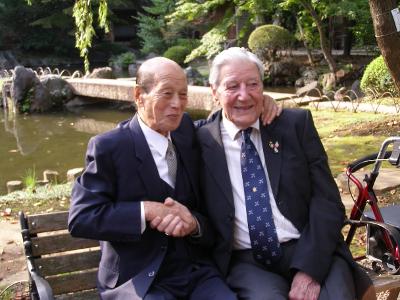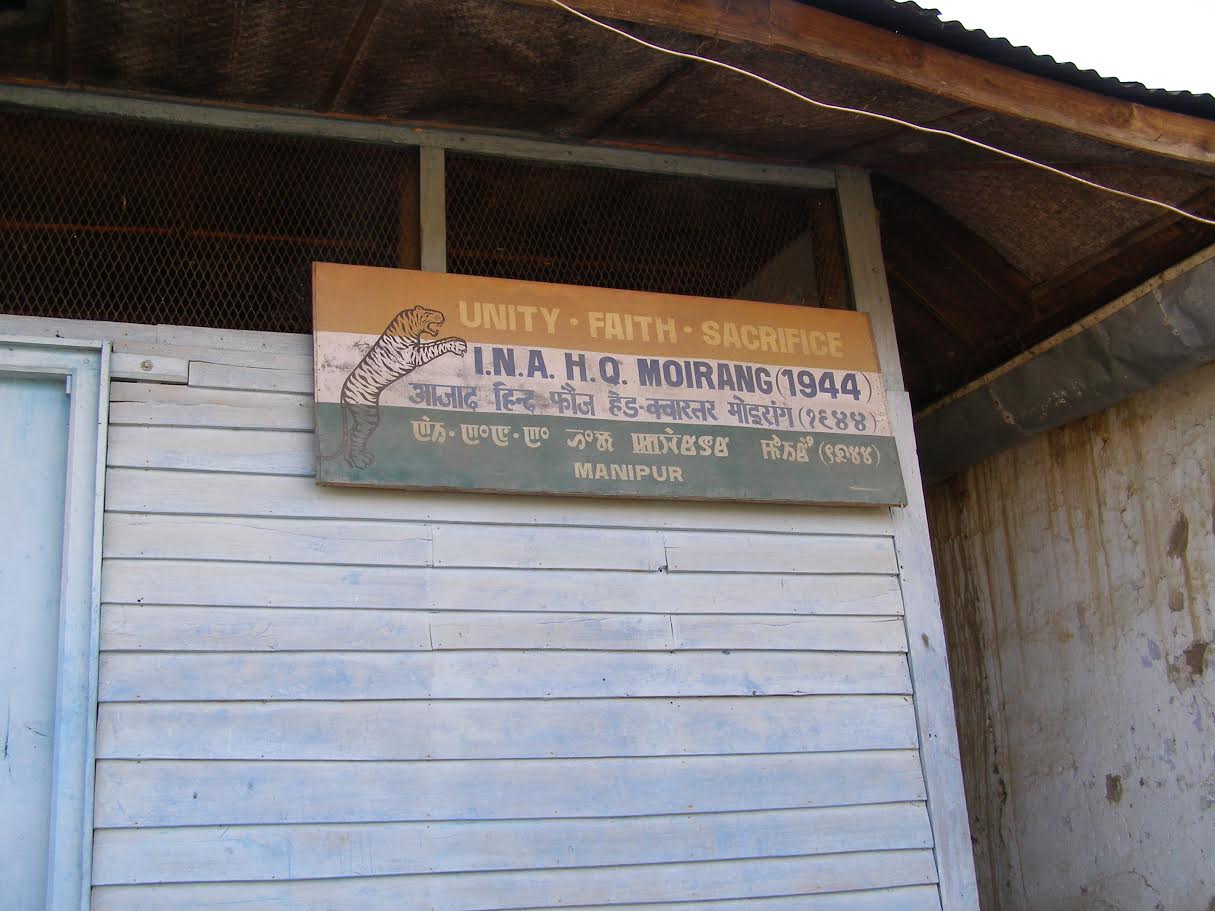
Inside the Renkoji Temple in Japan, there’s an urn that supposedly contains the ashes of Netaji Subhas Chandra Bose. And the priest there offers prayers to Bose regularly. Atop the urn is a photograph of Netaji Bose, but interestingly, right next to it is a photograph of Pandit Jawaharlal Nehru. That perhaps is a great tribute to the two giants of the Indian Freedom Movement who were great friends in their lifetime, but who have been portrayed as enemies by a section of their ill-informed posterity.
All of this has been captured on film by Delhi-based Assamese journalist-turned-filmmaker Utpal Borpujari in his docu-feature film, Memories Of A Forgotten War. And it promises to be the first subaltern, cinematic take on the World War II and India.
TOI was last month shown an exclusive preview of the film produced by Subimal Bhattacharjee. Shot in India, Japan and the UK, it features people who either fought in those battles or were touched by the horrors of war. Breaking from tradition, the film doesn’t talk about the spectacle of armies changing history; it talks about how some of the heroes, and others with not-so-heroic tales to tell, saw and experienced the war.

The timing of the film couldn’t be more right, for it was around this time 72 years ago that the remnants of three divisions of the Imperial Japanese Army had reached the fag end of their disastrous retreat from the Indian frontier — the “road of bones”, as it’s often called. By July 1944, they had been squarely defeated at Kohima and Imphal — the only time the Empire of Japan was decisively beaten on land after the Soviets had trounced them at Khalkhin Gol in 1939, before the World War II had officially broken out.
“If you pick up a history book on the war, you would know the strategic plans, details about the encounters et all, but no one would tell you what the ordinary man on the street experienced. After all, Imphal wasn’t some god forsaken place; it was the heart of Manipur where most of the population lived—lakhs of people. What did they do? How were they affected? So I let the people talk in my film. It’s their story from their own mouths,” Borpujari told this correspondent that afternoon when we sat down to watch the film at Bhattacharjee’s office in Barakhamba Road.
Unlike the general amnesia in India about pre-1947 conflicts, memories of the war are pretty much alive in Manipur and Nagaland. And why not, after all hundreds of civilians had been killed in the Japanese bombing raids over Imphal in 1944. RK Nimaicharan tells in the film how his father and a hundred others were killed when Japanese aircraft bombed and strafed a community hall, Chingambam Mandap.

But the killings didn’t stop when the war ended. Every now and then, spent or unexploded ordnance (UXO) are recovered, which either find their way into someone’s living room as mementos or are converted into temple bells. Sometimes, these UXOs go off, killing or maiming unsuspecting handlers. But the life-threatening dangers notwithstanding, people collect these UXOs and there’s a whole museum full of ticking time bombs in the form of live grenades, mortar rounds, artillery shells and even general purpose bombs. Borpujari’s film shows it all.
The war had a dehumanizing effect on the locals as it did on the fighting men. As one aged Manipuri man remembers, “We had heard stories of Japanese soldiers having golden teeth. So once we learnt about a few Japanese lying dead, we went there to cut out their teeth. But we couldn’t complete the job as the bodies had bloated up way too much. I was very young then and the devil had possessed me.” Anyone who has seen the HBO series Pacific would recall seeing American soldiers cutting out gold teeth from Japanese corpses.
Yet the war was a great leveller too. British war veteran Maurice Bell recalls: “We had plenty of water but no salt. We were dying for salt. Then a local villager gave us a piece of rock salt. Each one of us, British, Indian and Gurkha, sucked on the rock and passed it on. The war ended all possible differences among us.”
But what the people might find incredible is what former British veterans felt about the war. “The Indian troops didn’t like us very much. But it were they who won at Kohima and Imphal and in Burma — 80 per cent of the 14th Army was Indian. We couldn’t have won the war without the Indian Army,” recalls Gordon Graham in the film. Military historians, though, say 67 per cent of the 14th Army was Indian and only 13% British.
Perhaps the most surprising, but truly heartwarming bit is shared by a Mizo veteran. “We were not afraid of the Japanese. We knew Hindustan was a big power. And we also knew that we had to give our lives for Hindustan,” says Pu Thanmawia.
“And this is what binds the northeast even today. We have this great legacy. Why should we be known only for insurgency? This is the purpose of the film,” says Bhattacharjee.
Stay updated on the go with Times of India News App. Click here to download it for your device.
Source: Times of India
